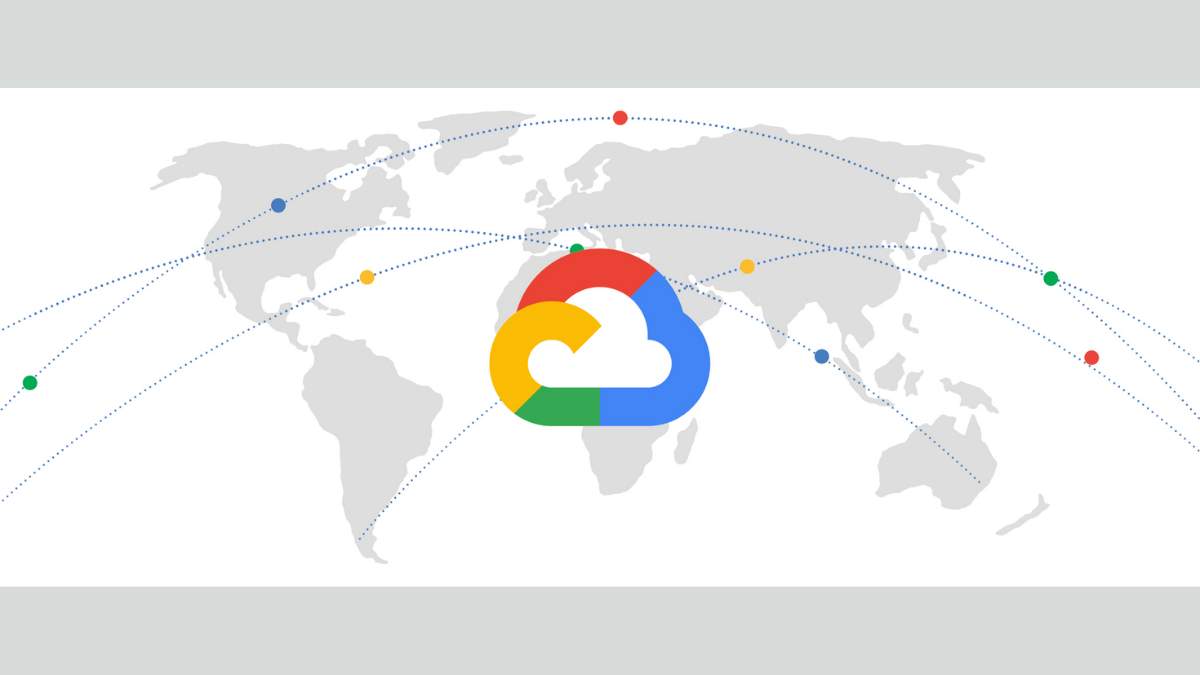Google has announced a historic landing that the Durant submarine cable system is now ready to be deployed by businesses. This was made possible in partnership with the help of the undersea data transport’s global partner, SubCom.
Google’s privately owned Dunant subsea cable crosses the Atlantic Ocean between the Saint-Hilaire-de-Riez on the Atlantic coast of France and the United States’s Virginia Beach.
The Internet giant revealed its plans for this Dunant cable in the middle of 2018 and it became one of the many projects, backed by Google as it is doubling down its infrastructural investment on powering its cloud computing services including machine learning, storage, video-streaming, analytics, email, and many more enterprise offerings.
About Dunant Subsea Cable
Dunant Subsea cable is an underwater cable system that is 6,600 km long and runs from the US to the French Atlantic coast. This is Google’s IInd private submarine cable followed by its first discovered, private and non-telecom subsea cable named Curie that connects Chile to Los Angeles.
This submarine cable was named in honor of Swiss social activist and businessman Henry Dunant who is the founder of the Red Cross and also the first recipient of the Nobel Peace Prize. At that time, the company aimed to make this service operational till 2020 but due to the complications of spanning a large cable into the continents along with the mixture of pandemics, the target missed its due date.
The TE SubCom was selected by Google to design and deploy the cable system of Dunant. On 13th March 2020, it got the cable landing license from the US FCC, and from 19th January 2021, the Dunant Cable system was ready for service.
This system helps Google in expanding its global network to add diversity, dedicated capacity, and resilience while allowing interconnection to the other region’s infrastructure of the network.
A Record-Breaking Capacity of 250 Tbps, Delivered Across the Atlantic
The 4,000 miles long Dunant cable is the first long-haul marine cable that features a design of 12-pair SDM( space-division multiplex) along with this, it will deliver an exceptional capacity of 250 terabits per second across the Atlantic ocean which is enough to send out the whole digitized library of Congress 3 times, every second.
Benefits of Dunant Subsea Cable
The large cable capacity is delivered in a profitable manner along with an additional pair of fiber that is 12 rather than 6 or 8(present in past generations’ subsea cables).
One other benefit of this Dunant submarine cable by Google is its high system availability and more capacity for the fibers inside it.
The previous technologies of subsea cable depends on a dedicated set of pump lasers to magnify and boost the fiber pair but in Dunant cables, the SDM technology allows the pump lasers to be shared among multiple fiber pairs along with other associated components and this pump sharing technology makes it different, better, and more reliable than the previous styles of subsea cables.
With the help of this new technology submarine cables, organizations will be benefited in many ways including-
- They can run their apps anywhere with open, multi-cloud, and hybrid solutions that will help their developers in faster creation and innovation irrespective of any environment.
- Helps in getting smarter and making better decisions with a leading data platform of machine learning.
- Helps in operating with confidence as it has advanced security tools.
- Also helps in transforming the way of connection and collaboration of people with each other, whether at work, at home, or in the classroom.
However, there are satellites and many more similar technologies that play an important role in spreading the internet to the farthest point of the earth but much more capacity and lower latency have been given by the underwater cables in providing the internet that is the key for Google.
Today, almost 98% of all internet traffic is carried by underwater cables and the Dunant, which carries the 250Tbps will help in boosting the appeal of Google for providing prospective cloud customers.
Other Plans of Google
After the successful operational event of Dunant, Google is now ready to plan the launching of its next Cable which is the Grace Hooper Cable which will land in between Europe and New York and its landing sites will be in the UK, Spain, Bilbao, and Bude. Google announced this new subsea cable in July 2020 which contains 16 fiber pairs.
In addition to this, Google is also working on Equiano Cable which will run from South Africa to Portugal and is supposed to go live by 2022.
Conclusion
The Dunant Submarine cable system by Google in partnership with SubCom has been opened for operational use by businesses and organizations. This cable was announced in 2018 and targeted to be deployed by 2020 but due to the budget complication and of course, due to a pandemic, the operation was distracted from the target but now it has finally opened for service.
It is an underwater cable system that is 6,600 km long and runs from the US to the French Atlantic coast. It features a design of 12-pair SDM( space-division multiplex) along with this, it will deliver an exceptional capacity of 250 terabits per second across the Atlantic ocean.
FAQs
Ans. The Dunant Subsea cable is an underwater cable system that is 6,600 km long and runs from the US to the French Atlantic coast.
Ans. Google has made it along with the partnership of SubCom.
Ans. 4,000 miles.
Ans. It crosses the Atlantic Ocean between the Saint-Hilaire-de-Riez on the Atlantic coast of French and the United States Virginia Beach
Ans. 12 fiber pairs.


